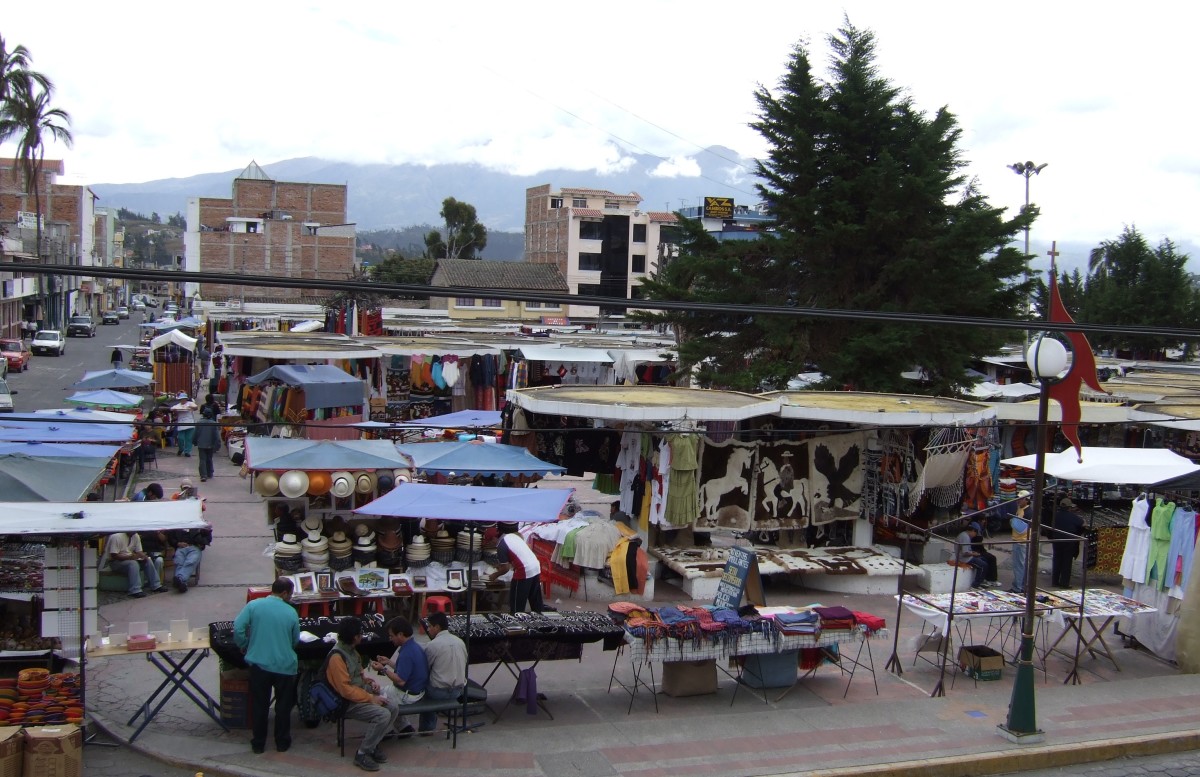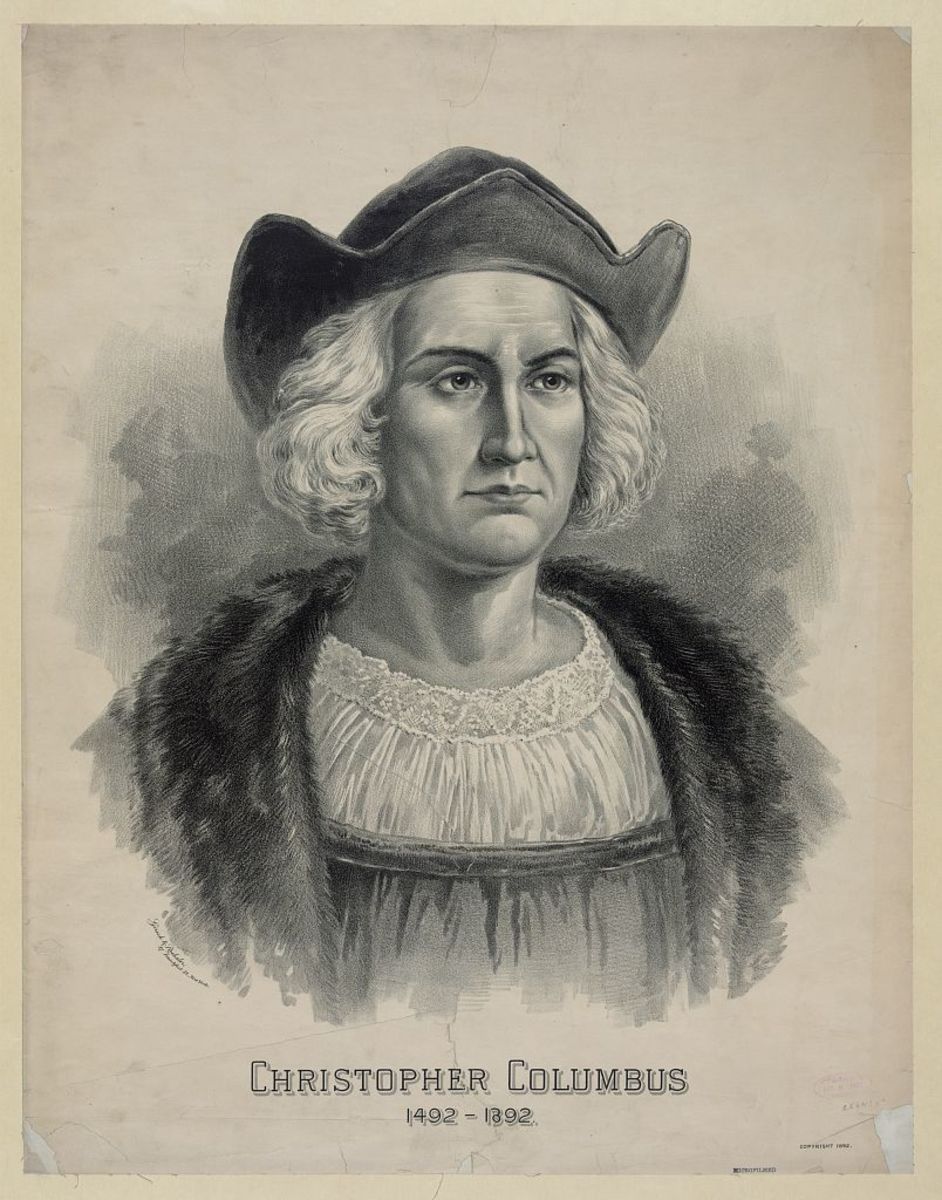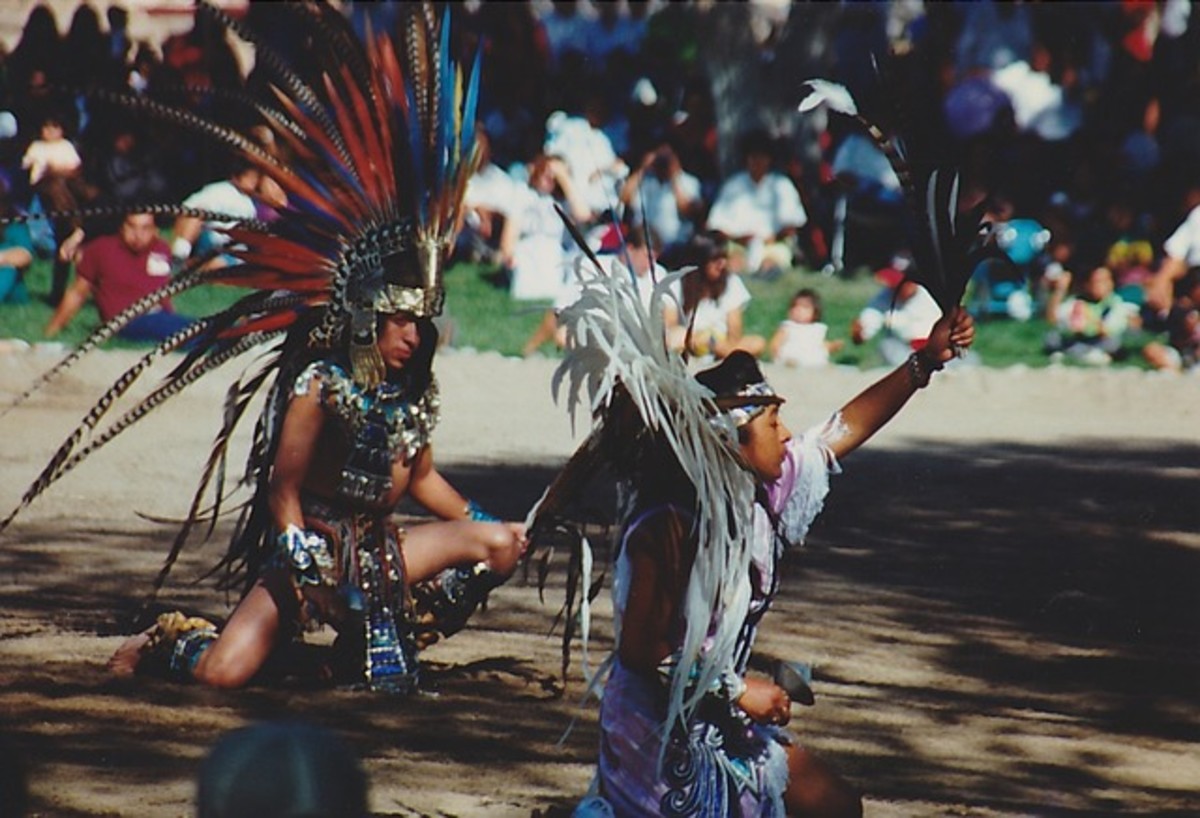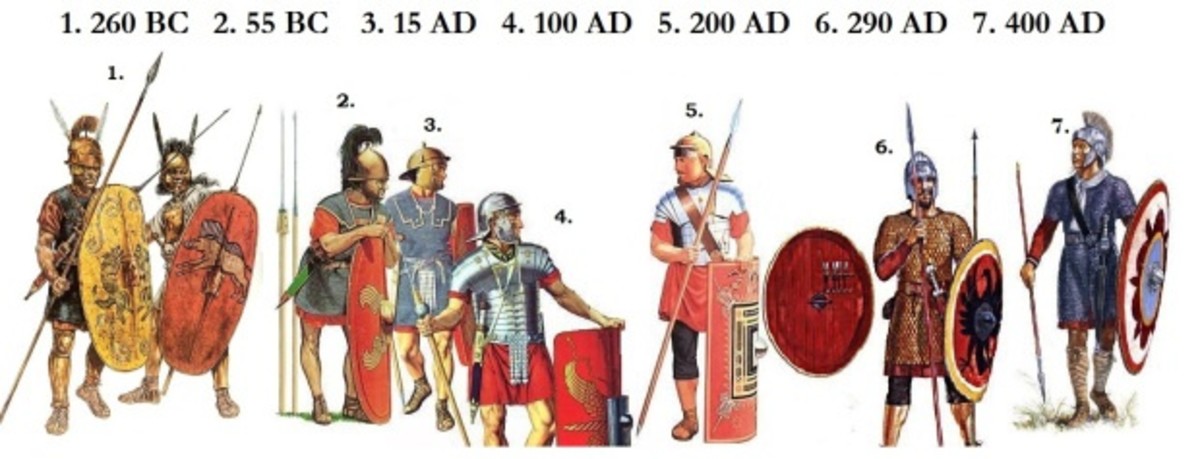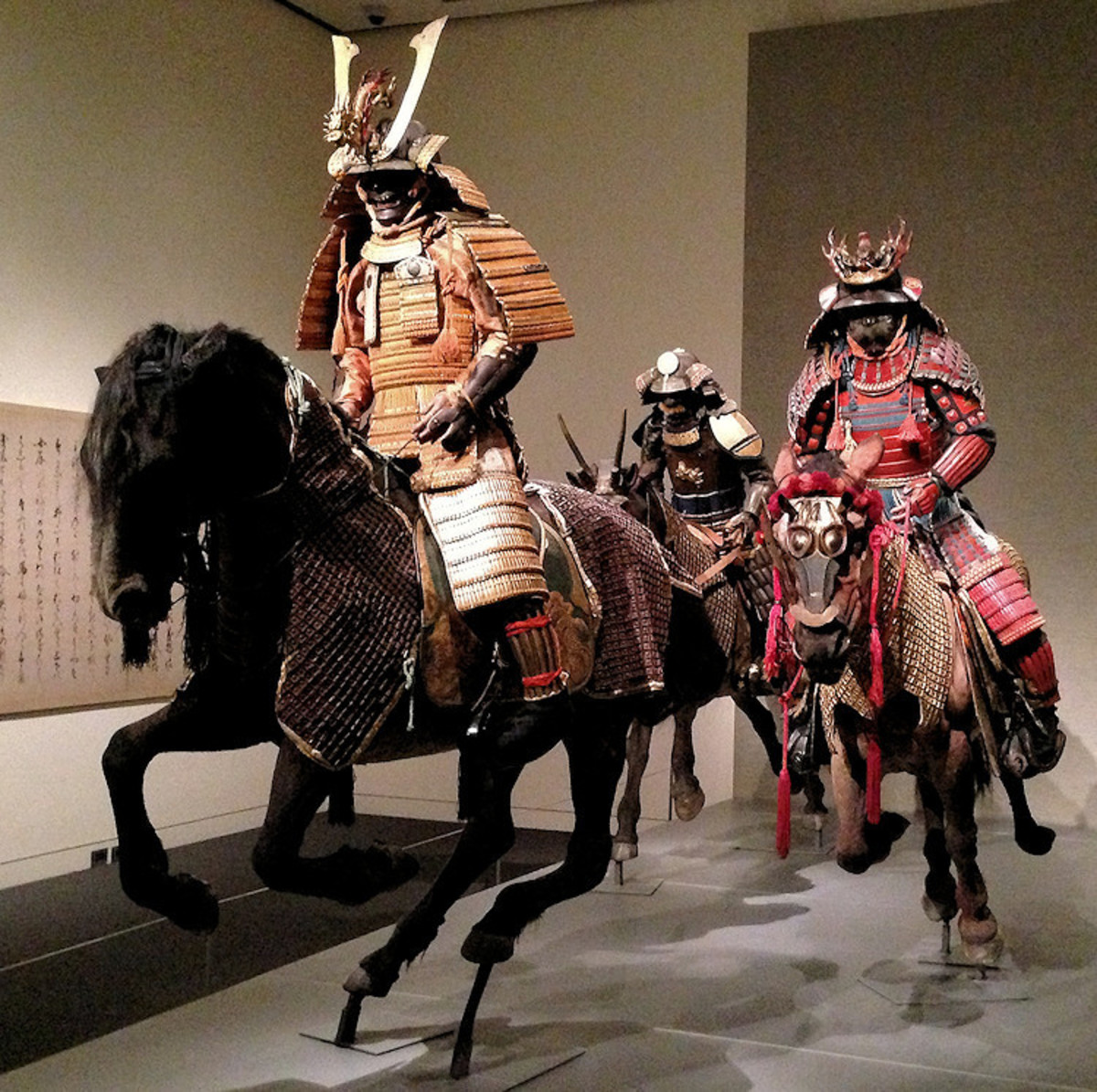Otavalo Indians of Ecuador and the Path of Globalization, Part 1 of 3: Introduction
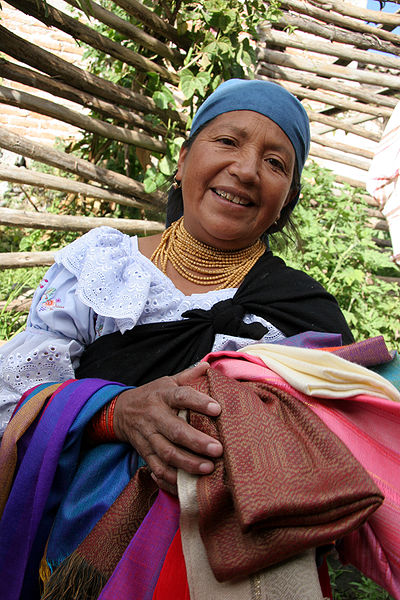
Introducing the Otavalo Indians
The Otavalo Indians are an indigenous group of Ecuador's northern Andean region. A little over half a century ago, the Otavalo Indians were, for the most part, poor farmers with barely enough land to subsist off of. Now, the Otavalo Indians are entrepreneurs, artists, musicians, expatriots, or politicians. The Otavalos are one of the wealthiest communities in Ecuador, and are the most widely recognized indigenous group in the country. While other indigenous groups have become assimilated into the dominant “white/mestizo” or “western” culture, the Otavalo have become a symbol of national Ecuadorian identity.
Globalization and Traditional Culture???
In a world in which homogeneity is seen as a threat to local cultures, the Otavalos’ identity thrives. As a group, they have been able to adapt to globalization in a way that few other indigenous people in their country have, creating a multi-million dollar textile export industry in a country in which oil accounts for over 50% of all income. The Otavalos are praised for their business savvy and weaving skills in records dating back hundreds of years, and they have managed to carry this cultural tradition into a globalized era, embracing technology and foreign markets while maintaining strong personal and communal ties to their native valley. Their economic prosperity has given them considerable political clout, and in March 2011 an international summit of Latin American political leaders on indigenous peoples’ rights was held in their principal city.
How the Otavalo Stand Out
The Otavalos’ success in hyperbolic of all highland Indian groups; while the indigenous people of Ecuador were refused service in most hotels and restaurants and forced to give up bus seats for whites/mestizos as late as the 1980’s, they now form a social class of educated professionals and politicians and participate more than ever in national society.
The Otavalos are only one group of Quichua-speaking South American Indians, and here I run the risk of portraying them as the only indigenous group to have reached a comfortable socio-economic status. In fact, many other Quichuas run successful small businesses while maintaining their cultural identity, but I've chosen to focus on the Otavalos because they have become the most successful indigenous community of Ecuador and have embraced aspects of globalizations such as exports, travel, and tourism in a progressive and communal way that no other Indian community has.
Books that helped me write this article:

Photos
Top: This photo shows an Otavalo woman in traditional dress. The Otavalo women are easily recognizable by their embroidered blouses, black shawls, and layered beaded necklaces. The men wear white trousers and black ponchos. Otavalo's do not always dress in traditional clothing, but they often do.
Below: An Otavalo woman assists a shopper in trying on a hat.
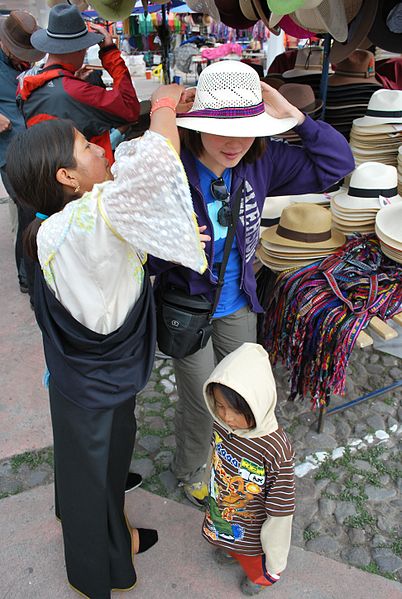
This is Part 1 of a Hub-Trilogy.
- Otavalo Indians and the Path of Globalization, Part 2: The History
The Otavalo Indians of Ecuador have managed to become a commercial success without sacrificing their cultural identity. Here they are introduced, and the history of their commercial success is looked at. - Otavalo Indians and the Path of Globalization, Part 3 of 3: Maintaining Cultural Identity
How the Otavalo Indians maintained their traditional culture while developing a global presence.
Online Sources Used to Write This Article
If you go to Ecuador, I recommend Lonely Planet Guides.


